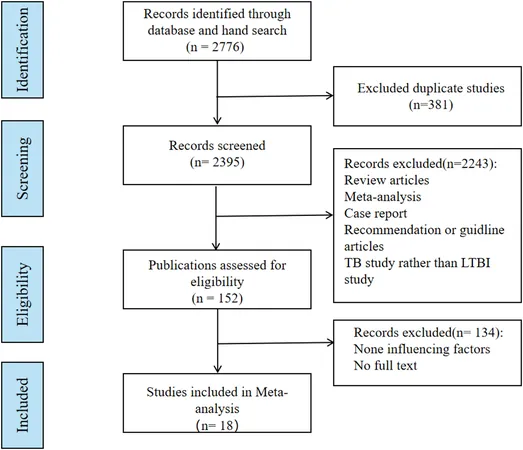
Breakthrough in Autism Treatment: An Experimental Epilepsy Drug Shows Real Promise!
2025-08-27
Author: Ming
New Hope for Autism Treatment
A groundbreaking study published in *Science Advances* reveals that abnormal activity in a specific brain region, the reticular thalamic nucleus (RT), may be at the core of autism-like behaviors in mice. This discovery could revolutionize our understanding of autism spectrum disorders (ASD)!
Understanding Autism and Epilepsy Connection
Autism spectrum disorders are characterized by social challenges, repetitive behaviors, and heightened sensitivity to sensory input. Alarmingly, approximately 30% of individuals with autism also experience epilepsy, a stark contrast to just 1% in the general population. This significant overlap hints at shared underlying brain mechanisms between both conditions.
The Role of the Reticular Thalamic Nucleus
The RT functions as a crucial filter in the thalamocortical circuits that manage sensory processing and sleep. When this inhibitory area becomes excessively active, it disrupts normal brain rhythms, leading to seizures, sensory overload, and behavioral anomalies.
Groundbreaking Research Findings
Using Cntnap2 knockout mice—a prominent model for studying autism—the Stanford researchers noted classic traits of autism: hyperactivity, compulsive grooming, diminished social interaction, and seizures. Remarkably, brain recordings showed that RT neurons were firing abnormally due to intensified T-type calcium currents, disrupting their connected circuits.
A Game-Changer: Experimental Drug Shows Efficacy
In a pioneering approach, the researchers tested the experimental epilepsy drug Z944, which targets T-type calcium channels. Remarkably, in the autism-model mice, Z944 decreased RT hyperactivity, restored normal social behaviors, and reduced repetitive actions. Additionally, they employed a novel method called chemogenetics to selectively silence RT neurons, leading to improved outcomes in the knockout mice.
Potential for Repurposing Epilepsy Drugs
These findings illuminate why autism and epilepsy frequently co-occur, revealing a shared malfunction in thalamic circuits. The researchers suggest that existing epilepsy drugs, such as Z944, could be reimagined for autism treatments, offering new avenues for therapy.
Caution and Future Directions
Though the outcomes are promising, the authors highlight the need for further research. Scientists must investigate when RT overactivity begins during development and whether early intervention could be beneficial. Testing these innovative approaches in various autism models and eventually human trials is crucial.
Looking Ahead
The research team concluded that future studies should focus on how RT-mediated dynamics influence the wider neurobehavioral aspects of ASD. With ongoing exploration, there’s hope that these discoveries will lead to effective treatments for autism, transforming countless lives!


 Brasil (PT)
Brasil (PT)
 Canada (EN)
Canada (EN)
 Chile (ES)
Chile (ES)
 Česko (CS)
Česko (CS)
 대한민국 (KO)
대한민국 (KO)
 España (ES)
España (ES)
 France (FR)
France (FR)
 Hong Kong (EN)
Hong Kong (EN)
 Italia (IT)
Italia (IT)
 日本 (JA)
日本 (JA)
 Magyarország (HU)
Magyarország (HU)
 Norge (NO)
Norge (NO)
 Polska (PL)
Polska (PL)
 Schweiz (DE)
Schweiz (DE)
 Singapore (EN)
Singapore (EN)
 Sverige (SV)
Sverige (SV)
 Suomi (FI)
Suomi (FI)
 Türkiye (TR)
Türkiye (TR)
 الإمارات العربية المتحدة (AR)
الإمارات العربية المتحدة (AR)